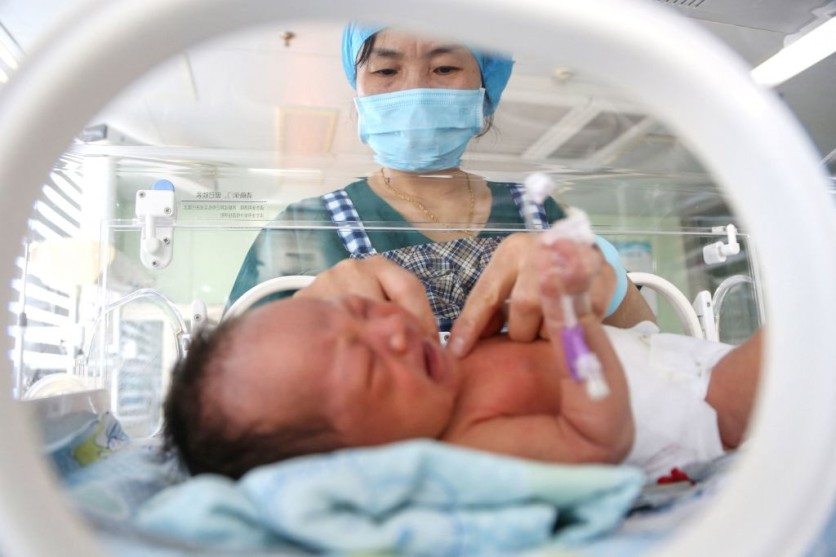Researchers have developed a prediction model that can help determine which newborn babies in the NICu are likely to develop seizures, as reported by MedicalXpress.

The Neuroscience Center at Children's Hospital of Philadelphia (CHOP) researchers stated that the model could be incorporated into routine care that will help the clinical team decide on which babies need EEGs. This will also help them determine which can be managed in the Neonatal Care Unit without EEGs.
Neonatal Seizures
Neonatal seizures are a common neurological issue in newborn babies, especially in babies with temporary lack of oxygen to the brain. These seizures are often detected through EEG monitoring.
Catching this early is crucial because newborns with Hypoxic-ischemic Encephalopathy (HIE) are at an increased risk for neurobehavioral problems and epilepsy later in life. Detecting and treating the seizures are essential to reduce seizure-induced injury, which can improve outcomes for newborns with early seizures.
Today's existing guidelines for newborns with HIE need to undergo four to five days of EEG monitoring to detect seizures. However, this isn't a feasible approach all the time because many of the babies don't have access to continuous EEG.
By predicting which newborns will experience seizures is difficult, and there have been attempts before to predict them using clinical and EEG data. Unfortunately, they didn't deliver accurate results.
Also read: New Gene Screening Test To Help Doctors Identify Rare Genetic Diseases In Newborns
The Prediction Model
That's why the researchers used data from recently developed EEG reporting form used for all EEGs to build prediction models via machine-learning models.
The data helped the CHOP researchers optimize which newborns must receive EEG monitoring in the NICU. They built their models based on standardized EEG features reported in the electronic medical records.
Their study revealed that the models could predict seizures, especially in newborns with HIE with over 90 percent accuracy.
The models can also be tuned not to miss seizures while maintaining high precision. This serves as the first study reporting on a seizure prediction model based on clinically-derived standardized reports.
Now, the research team has made the model publicly available as an online tool.
The researchers will also further validate the model to allow for a more targeted use of limited EEG resources by reducing EEG use in low-risk patients. As a result, this will make caring for babies with neurological concerns in the NICU have a more focused and personalized treatment plans.
Treatment for seizures in newborns with HIE may include medications such as phenobarbital or levetiracetam. In some cases, therapeutic hypothermia may also be used to reduce the risk of seizures and other complications.
It is important for newborns with HIE and seizures to receive prompt and appropriate treatment to minimize the risk of long-term neurological damage.
Close monitoring and follow-up care are also important to ensure that the baby is meeting developmental milestones and to address any ongoing concerns related to the baby's health and well-being.
Related article: Number Of Babies Born With Syphilis Peaks At 20 Year High

ⓒ 2025 TECHTIMES.com All rights reserved. Do not reproduce without permission.




